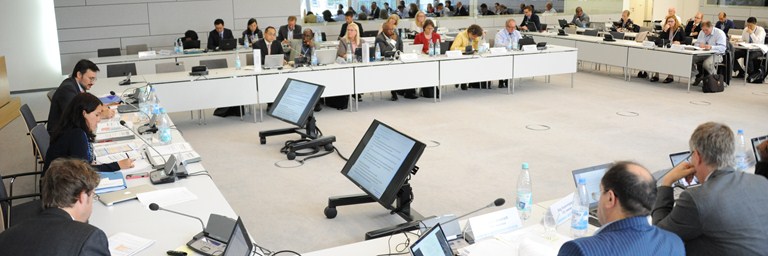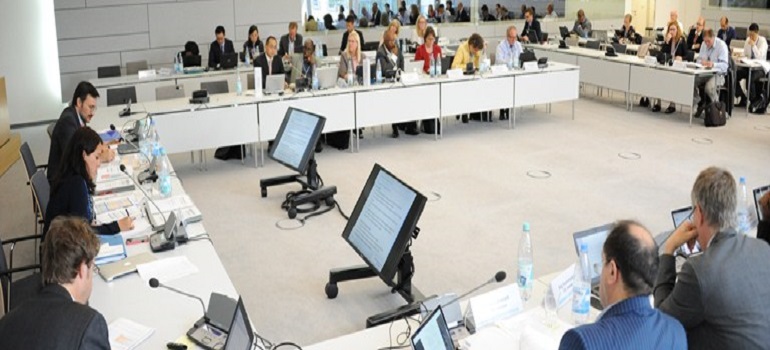
The Technology Executive Committee met this month to advance its work and determine key policy recommendations that it will deliver to the UN Climate Change Conference in Bonn, Germany (COP 23) in November.
The committee prepared these with the aim of helping countries to achieve the key goals of the Paris Agreement, which is to limit the global average temperature rise to as close as possible to 1.5 degrees Celsius.
At its 15th meeting, the Committee explored how to enhance the link between planning, financing and technology implementation, in order to accelerate climate action.
Specifically, the Committee identified how to further boost the collaboration between the Green Climate Fund, the Technology Executive Committee, the Climate Technology Centre and Network and relevant stakeholders to support the implementation of technologies that reduce greenhouse gases and increase resilience to climate extremes.
This is encouraging as increased collaboration has already yielded some inspiring results. For instance, in 2017 it was announced that Tonga will receive readiness and preparatory support from the Green Climate Fund for climate technology assistance delivered by the Climate Technology Centre and Network. Tonga requested the Centre’s assistance to develop a national energy efficiency plan. This will assist it in meeting its nationally determined contribution.
Importantly, the Committee also agreed on key policy recommendations on industrial energy efficiency, innovation and research, development and demonstration, and technology needs assessments. These recommendations will soon be available on the UNFCCC’s climate technology webpage and range from raising awareness among companies’ top managers on energy efficiency to encourage national and international actors to prioritize climate technology innovation in accordance to their needs and capacities.
Throughout the meeting, the Committee identified the need to work in a customized approach that fits with countries’ realities rather than a “one size fits all” approach. This is due to several reasons. Firstly, no two countries are alike. All countries have different political, economic, social, cultural and environmental compositions and/or nuances. They also have different national priorities, needs, capabilities, renewable energy resources and stages of development.
The Committee also noted that its policy recommendations should support countries to implement both their nationally determined contributions and the sustainable development goals (SDGs).
In this respect, observers participating in the meeting noted the key role that science, technology and innovation play in supporting countries to achieve a number of the SDGs.
They shared case studies like Ignitia, a climate technology specifically for tropical weather forecasting that helps farmers in Ghana and Nigeria thanks to its hyper-local forecast sent through a text message. With daily, monthly and seasonal forecasts, farmers can avoid adverse impacts in their crops, planning planting and fertilization, reducing risk and loss and increasing their profit.
This served as an example of how technology used in simple ways and small solutions can make a huge difference, and also raised awareness on the importance of scaling up relatively small projects like this that help adapting to climate change.
Other examples range from off-grid electricity with solar panels paid by mobile money in rural communities to building homes on stilts around rivers in populated regions that are sensitive to flooding.
How does the UNFCCC strengthen safe climate technology?
The Paris Agreement sets ambitious goals. But how do committed countries actually tackle climate action to implement their Nationally Determined Contributions?
One of the key elements is technology development and transfer, which the UNFCCC Technology Mechanism aims to enhance. The mechanism has a policy arm –Technology Executive Committee- and an implementation arm –Climate Technology Centre and Network.
Watch the highlights of the TEC 15th meeting through the on-demand webcast, follow updates on climate technology in Twitter through #climatetechand check out the pictures of the meeting! More information can be found here.

